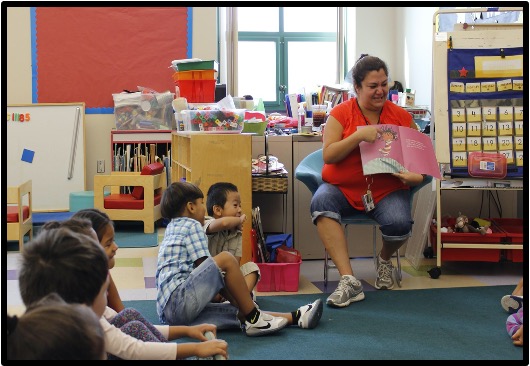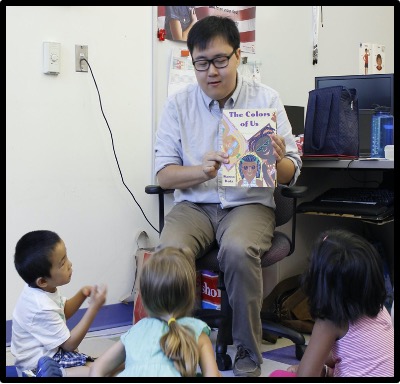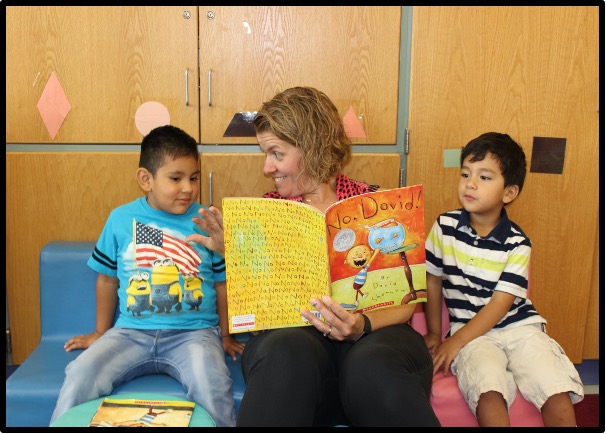Read Aloud Elements: The Basics
Not all read alouds are created equal, but it is important for teachers to do the following practices for quality, Read-Aloud experience.
Before you Introduce the Book to Children:
- Select a story that meets the BIG 3 Criteria: Low-Text, High Quality and Large Illustrations.
- Read the book in advance and select a purpose and type of read aloud that best matches the book.
- Plan for the selected purpose.
- Plan for child responses. When and how will questions be asked of the children? Which type of questions will be asked? How will children be able to respond to the story and engage in related conversations? Select from the CROWD strategies in the next section for different types of questions.
Introducing the Book to Children:
- Show and discuss the cover. What do you see? What do you think this book might be about?
- Identify the title, author, andillustrator. Point out any awards the book may have received and the significance of those (Caldecott, etc.)
- Preview any new vocabulary using pictures or objects that may impact comprehension of the story.


Different Text Formats
Differentiate the format you select for Read-Aloud. Text formats include:
- Storybooks
- Patterned cumulative books (i.e. Big Turnip)
- Song books
- Rhyming books
- Non-fiction
- Poetry
- Song charts and chants
- Class books
Large Format Text: Big Books, Poems, and Song Charts
Developing Print Awareness
- Large Format Text is designed to be read to groups.
- Helps children understand that text is made up of words and sentences.
Big books, poems on charts, and song charts, as well as group stories, provide opportunities for children to interact with text in ways other than a picture book. This contributes to the development of print awareness – an understanding that text is organized in particular ways, that print is:
- Read from left to right and top to bottom
- Words consist of letters, sentence consist of words
- Spaces appear between words
Some Tips for Using Large Format Text
- Create a space where charts can hang, big books can rest on an easel.
- Run your finger or a pointer under words as you read, leaving short but clear “sound spaces” between words.
- Engage in choral reading with familiar text.
- Echo read in call and response style with new text.
- Ask children if they remember words or sentences from the story or pick out a sentence you know they particularly like. Write it on a sentence strip and and with the children cut up the sentence into words and then put it back together.
Reading Rockets has great ideas for books, read-aloud strategies, and parent resources.
